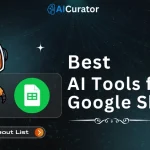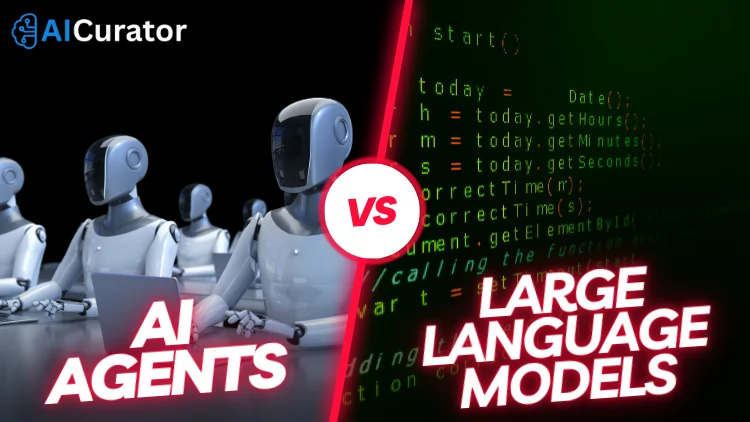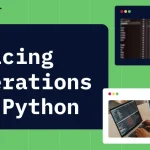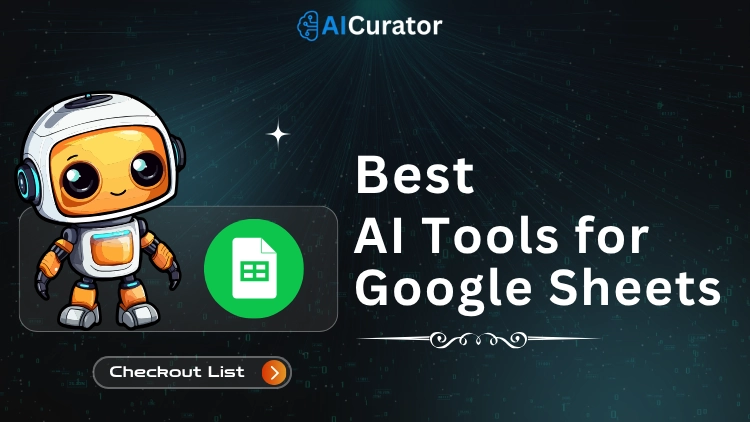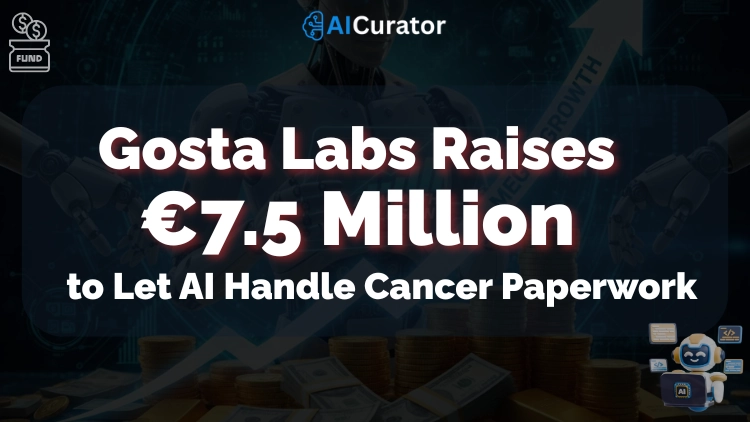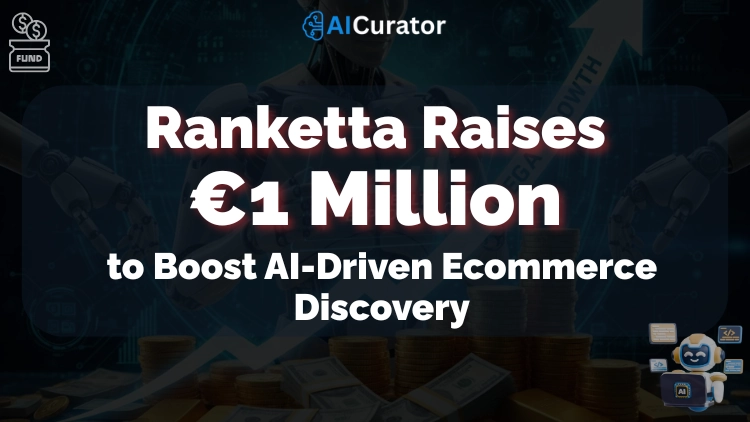The artificial intelligence conversation is shifting. For years, the focus was on building bigger large language models (LLMs). Now, a more collaborative concept is taking the spotlight: AI agents.
These are not just text generators; they are active systems designed to accomplish tasks.
With search interest for “AI Agents” hitting a record high in June 2025, it is clear this is more than a trend.
What is a Large Language Model (LLM)?
Large Language Models (LLMs) act as high-capacity language engines. After ingesting vast libraries of text and code, systems such as OpenAI’s GPT-4o and Anthropic’s Claude 3.5 Sonnet can parse context, recognize patterns, and compose responses that read like human prose.
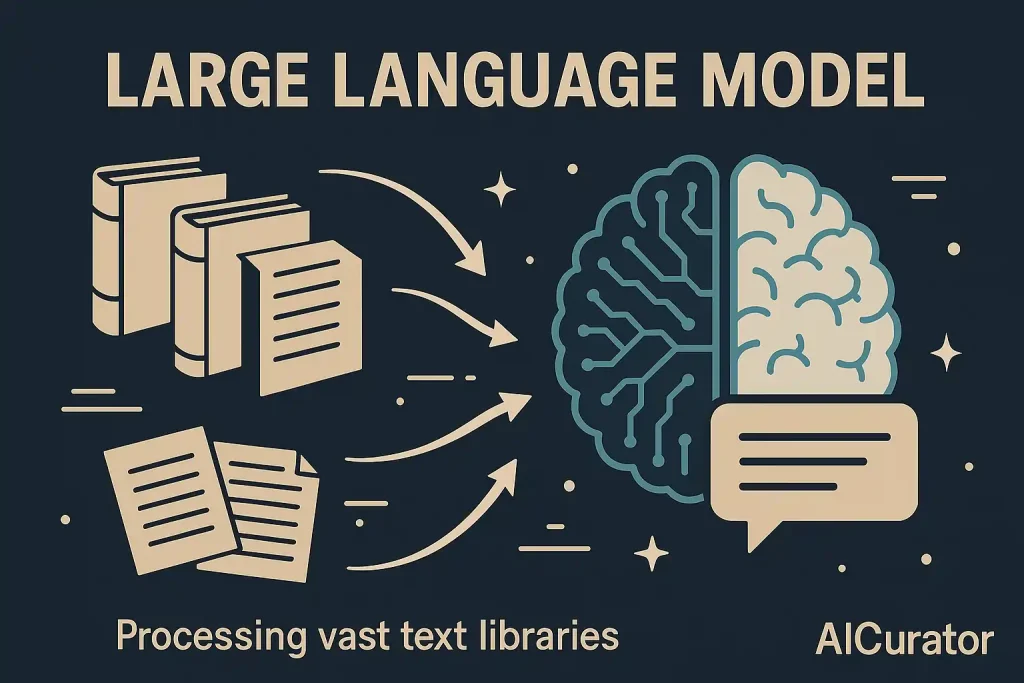
Their focus is language itself—absorbing input, predicting the next token, and returning structured text that answers questions, summarizes documents, or drafts original content.
An LLM is excellent for tasks such as:
However, an LLM is a passive tool. It waits for a person to give it a prompt and then responds. It has no memory of past conversations and cannot interact with real-time data or external systems.
An LLM can write a flight booking request, but it cannot actually check flight availability or purchase a ticket for you because it isn't connected to the outside world to take action.
An Introduction to Autonomous AI Agents
If an LLM is the knowledgeable expert, an AI agent is the resourceful personal assistant who gets things done. An AI agent is an autonomous system that uses an LLM as its reasoning engine to understand its environment, make decisions, and take actions to achieve specific goals. These are often called agentic AI systems.
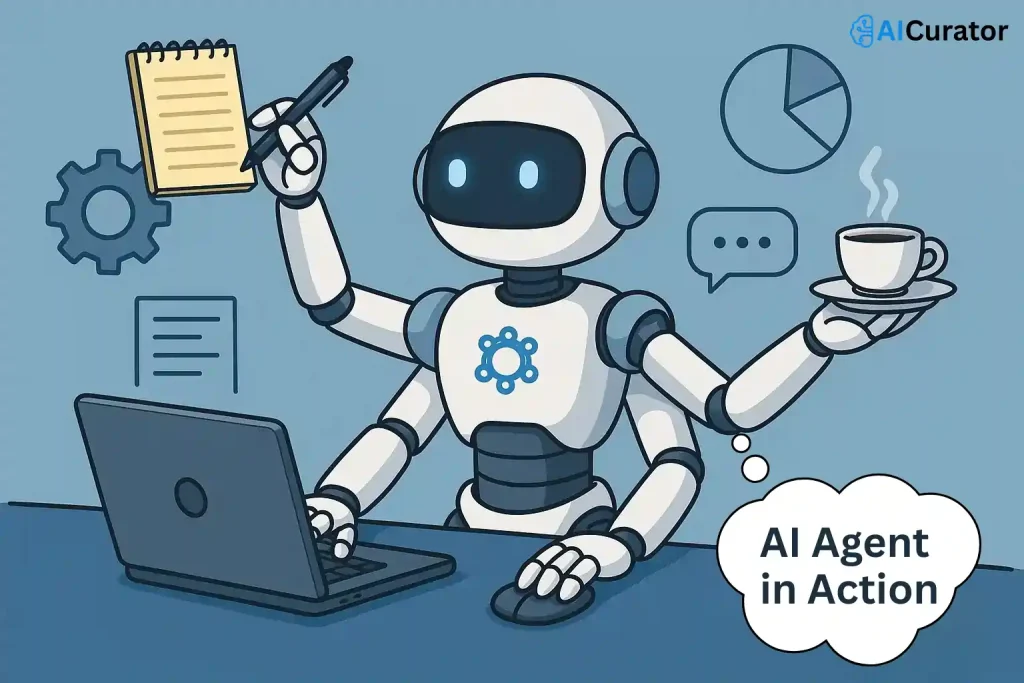
The power of an agent is in its workflow. Instead of just reacting to a single prompt, an agent can:
- Receive an Objective: You give it a high-level goal, like, “Organise a team meeting for next week.”
- Plan: The agent breaks the goal into smaller steps, such as checking everyone's calendars, finding a suitable time, and booking a meeting room.
- Execute: It uses tools and connects to APIs to perform these steps.
- Adapt: It uses its memory to learn from the results and adjust its plan if needed.
This ability to perform multi-step tasks is what makes agents different. They don't just talk; they do.
Key Distinctions: AI Agents vs Large Language Models in Action
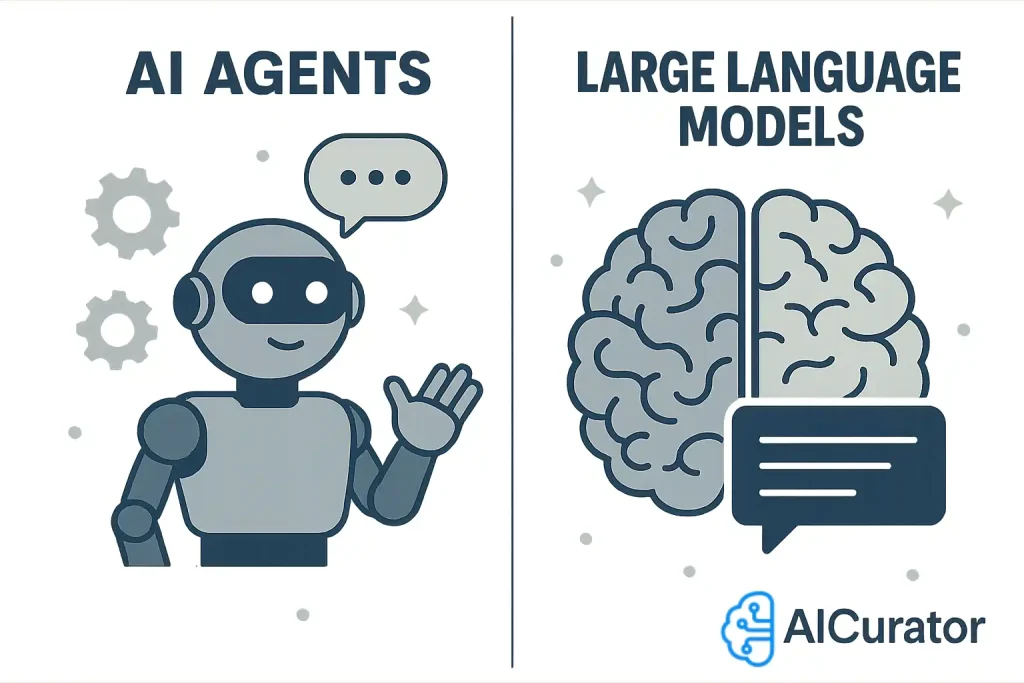
The debate over AI agents vs Large Language Models is clarified when you compare them directly. Their core difference is their operational model and purpose.
| Feature | Large Language Model (LLM) | Autonomous AI Agent |
|---|---|---|
| Primary Function | Generates text and content | Executes tasks and achieves goals |
| Input | A specific prompt or query | A high-level objective |
| Operational Model | One-time response generation | Continuous, multi-step agentic workflow |
| Interaction | Passive (waits for a prompt) | Proactive (takes initiative to complete a goal) |
| Tool Integration | Minimal; primarily text-based | Uses APIs, databases, and external tools to act |
| Example | “Write an email to a client.” | “Monitor my inbox and automatically draft replies to common client questions.” |
This difference is also important when thinking about an AI agent vs. a chatbot. A standard chatbot, usually powered by an LLM, can answer questions.
An AI agent, on the other hand, can resolve a customer's issue by accessing their account, processing a refund, or scheduling a service call, all without a person's help.
The Power of the Team: Why Multi-Agent Systems Work
The choice between a single, massive model and a team of smaller, specialised agents is a choice between two design ideas. One relies on a single, all-knowing system, while the other trusts in collaboration.
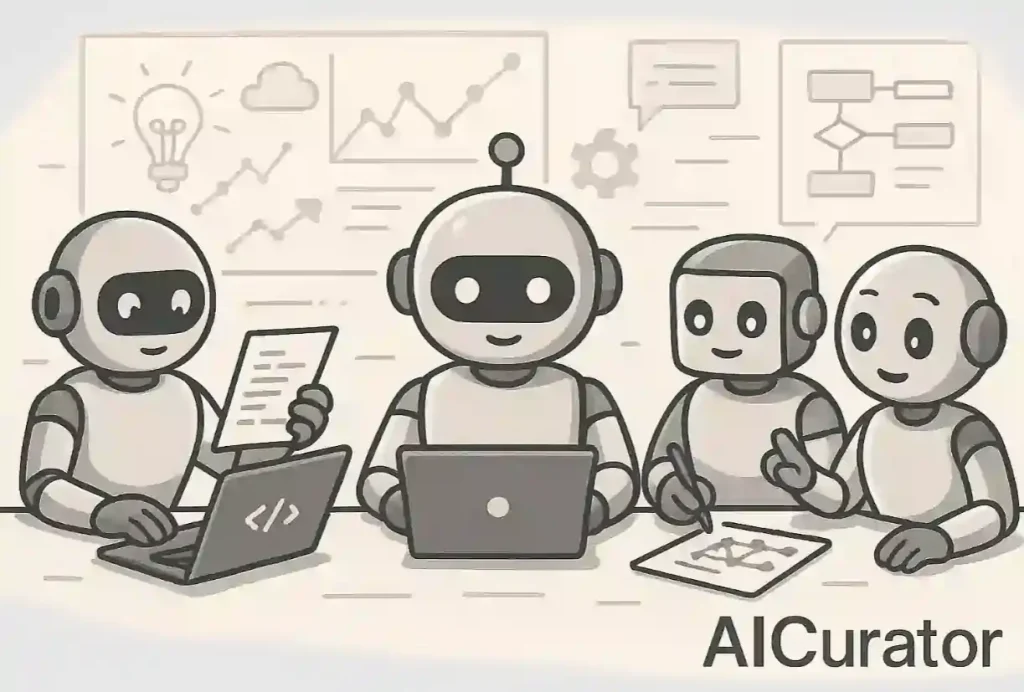
While a huge model like GPT-4 has advantages for analysing a single large document, it can be expensive and inefficient for tasks with many steps.
A multi-agent system uses a collection of specialised AI agents that work together, much like microservices in software development. This approach brings several key benefits:
Practical Use Cases: Where AI Agents Shine
The team-based approach is already solving real problems in many industries.

Business Operations and Finance
AI agents are managing complex workflows and automating tasks that once required hours of manual work. For instance, an agent can automatically create investment memos by analysing financial documents and web data.
A Dutch insurance company automated 90% of its car claims by using an AI agent to review and validate submissions.
Software Development
Multi-agent systems are changing how software is made. One agent can write code, another can run tests to find bugs, and a third can manage the deployment.
The use of AI agents for coding tasks has seen a significant 75% surge, showing their impact in this field.


Sales and Marketing
In sales, AI agents can score potential leads by gathering information from the web, helping teams focus their efforts. In marketing, AI agents like StoryChief William can manage the entire content creation workflow, from developing ideas to sharing the final product across different channels.
Healthcare
In the medical field, agents help with research by scanning journals and assist doctors with diagnostics by analysing patient data.
They can also automate administrative work, such as transcribing patient conversations into structured notes or summarising dense medical protocols into clear presentations.

The Agentic Future: Trends and Challenges
The shift towards AI agents is backed by strong market growth. The AI agents market is expected to grow at a compound annual growth rate of 45.82% between 2025 and 2034. This growth is driven by the clear value agents bring to businesses, from automating tasks to improving productivity.
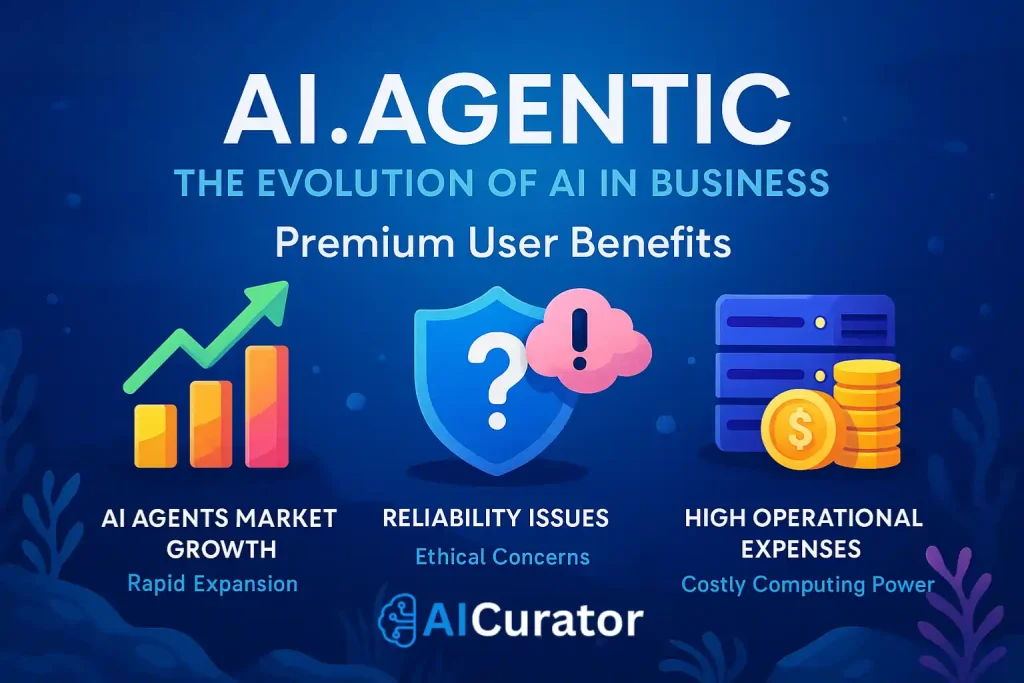
However, there are challenges to address. Building and managing multi-agent systems is complex, and the agents can be unreliable if they run into unexpected situations. There are also important ethical questions, like who is responsible if an autonomous agent makes a mistake. Finally, running multiple agents can require a lot of computing power, which can be costly.
Conclusion: The Right AI for Your Goals
Large Language Models excel at generating content, while AI agents specialize in executing tasks and managing workflows. The future lies in collaboration—not just between humans and AI, but among different AI systems.
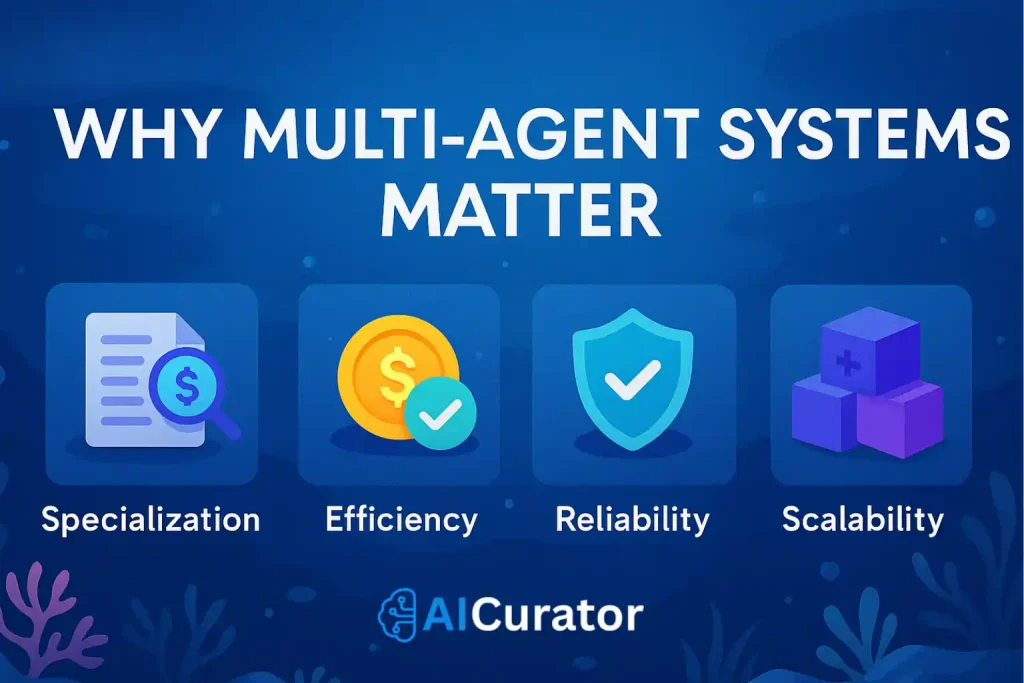
By combining the strengths of LLMs and AI agents, organizations can create smarter, more efficient solutions that both communicate and act.


